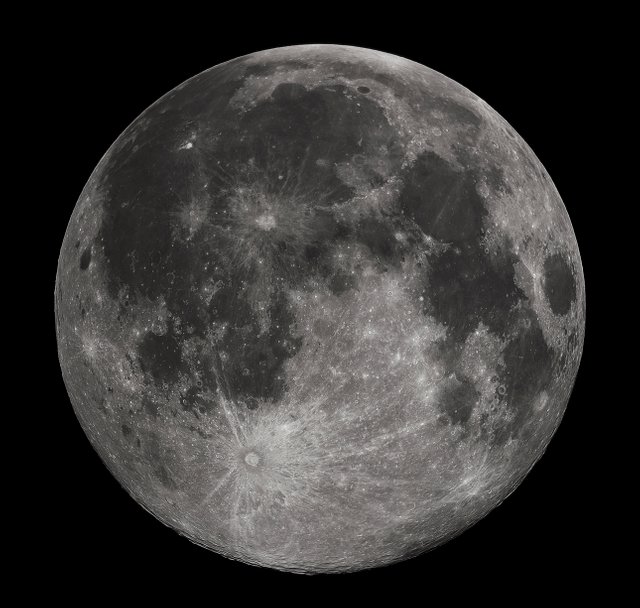New evidence of water in the Moon’s interior

A new study of satellite data finds that numerous volcanic deposits distributed across the surface of the Moon contain unusually high amounts of trapped water compared with surrounding terrains. The finding of water in these ancient deposits, which are believed to consist of glass beads formed by the explosive eruption of magma coming from the deep lunar interior, bolsters the idea that the lunar mantle is surprisingly water-rich.
Detecting the water content of lunar volcanic deposits using orbital instruments is no easy task. Scientists use orbital spectrometers to measure the light that bounces off a planetary surface. By looking at which wavelengths of light are absorbed or reflected by the surface, scientists can get an idea of which minerals and other compounds are present.
The problem is that the lunar surface heats up over the course of a day, especially at the latitudes where these pyroclastic deposits are located. That means that in addition to the light reflected from the surface, the spectrometer also ends up measuring heat.
“That thermally emitted radiation happens at the same wavelengths that we need to use to look for water,” Milliken said. “So in order to say with any confidence that water is present, we first need to account for and remove the thermally emitted component.”
To do that, Li and Milliken used laboratory-based measurements of samples returned from the Apollo missions, combined with a detailed temperature profile of the areas of interest on the Moon’s surface. Using the new thermal correction, the researchers looked at data from the Moon Mineralogy Mapper, an imaging spectrometer that flew aboard India’s Chandrayaan-1 lunar orbiter.
The researchers found evidence of water in nearly all of the large pyroclastic deposits that had been previously mapped across the Moon’s surface, including deposits near the Apollo 15 and 17 landing sites where the water-bearing glass bead samples were collected.